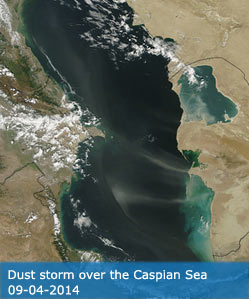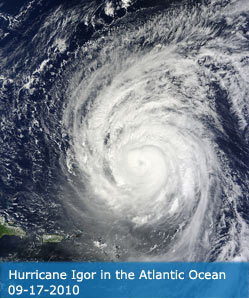Science Team
Publications
Zhang, QY; Middleton, EM; Gao, BC; Cheng, YB (2012). Using EO-1 Hyperion to Simulate HyspIRI Products for a Coniferous Forest: The Fraction of PAR Absorbed by Chlorophyll (fAPAR(chl)) and Leaf Water Content (LWC). IEEE TRANSACTIONS ON GEOSCIENCE AND REMOTE SENSING, 50(5), 1844-1852.
Abstract
This paper presents development of prototype products for terrestrial ecosystems in preparation for the future imaging spectrometer planned for the Hyperspectral Infrared Imager (HyspIRI) mission. We present a successful demonstration example in a coniferous forest of two product prototypes: fraction of photosynthetically active radiation (PAR) absorbed by chlorophyll of a canopy (fAPAR(chl)) and leaf water content (LWC), for future HyspIRI implementation at 60-m spatial resolution. For this, we used existing 30-m resolution imaging spectrometer data available from the Earth Observing One (EO-1) Hyperion satellite to simulate and prototype the level one radiometrically corrected radiance (L1R) images expected from the HyspIRI visible through shortwave infrared spectrometer. The HyspIRI-like images were atmospherically corrected to obtain surface reflectance and spectrally resampled to produce 60-m reflectance images for wavelength regions that were comparable to all seven of the MODerate resolution Imaging Spectroradiometer (MODIS) land bands. Thus, we developed MODIS-like surface reflectance in seven spectral bands at the HyspIRI-like spatial scale, which was utilized to derive fAPAR(chl) and LWC with a coupled canopy-leaf radiative transfer model (PROSAIL2) for the coniferous forest. With this paper, we provide additional evidence that the fAPAR(chl) product is more realistic in describing the physiologically active canopy than the traditional fAPAR parameter for the whole canopy (fAPAR(canopy)), and thus, it should replace it in ecosystem process models to reduce uncertainties in terrestrial carbon cycle and ecosystem studies.
DOI:
0196-2892
ISSN:
10.1109/TGRS.2011.2169267




